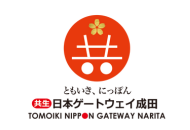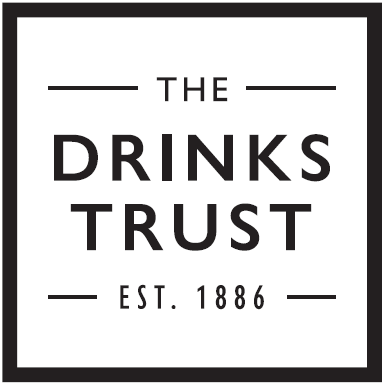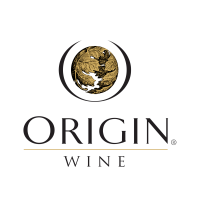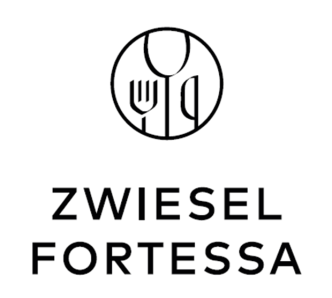Here, we explore how leading Argentine producers are shaping the country’s premium identity, through excellence in viticulture, strategic global positioning, and storytelling that resonates with the most demanding collectors and connoisseurs.
From identity to icon: Defining a premium vision
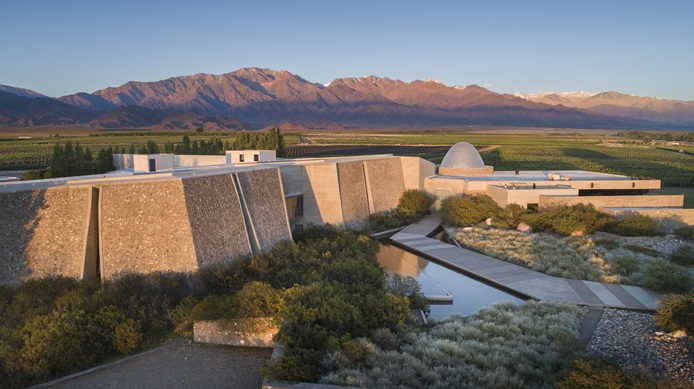
For Zuccardi (above), the transformation began when they stopped looking at varietals and started seeing place as the true protagonist. “Malbec is a great vehicle to express our terroirs,” explains winemaker Sebastián Zuccardi, “but identity, for us, begins with the place itself.” The search for purity led them to earlier harvests, minimal extraction, and the use of concrete to preserve transparency.
Catena Zapata took a bold leap into ultra-premium territory as early as the 1990s, launching high-priced Cabernet and Chardonnay wines that had to prove themselves through blind tastings. “Our wines had to taste like they cost double,” says Laura Catena. That philosophy – of relentless quality and constant benchmarking – has shaped the evolution of Catena ever since.
For Cheval des Andes, premiumisation has been its DNA from day one. Founded in 1999 as a joint venture between Château Cheval Blanc and Terrazas de los Andes, the estate was designed as a single-wine icon project. “Establishing legitimacy and long-term identity was essential,” says Gérald Gabillet, winemaker and technical manager. “We approached it like a Cru from Bordeaux, but rooted in the Andes.”
Decisions that define prestige
All five producers quizzed for this article agree: premiumisation begins in the vineyard – but it doesn’t stop there.At Viña Cobos, the commitment to excellence spans from soil studies and night harvesting to precision canopy management and vinification by parcel. “Every decision responds to our unwavering pursuit of quality,” states Paul Hobbs, founder and chief winemaker, regarding Viña Cobos’ premium philosophy. Their icons, such as Cobos Malbec and Volturno, are aspirational, while their mid-range wines introduce consumers to the house style and philosophy.
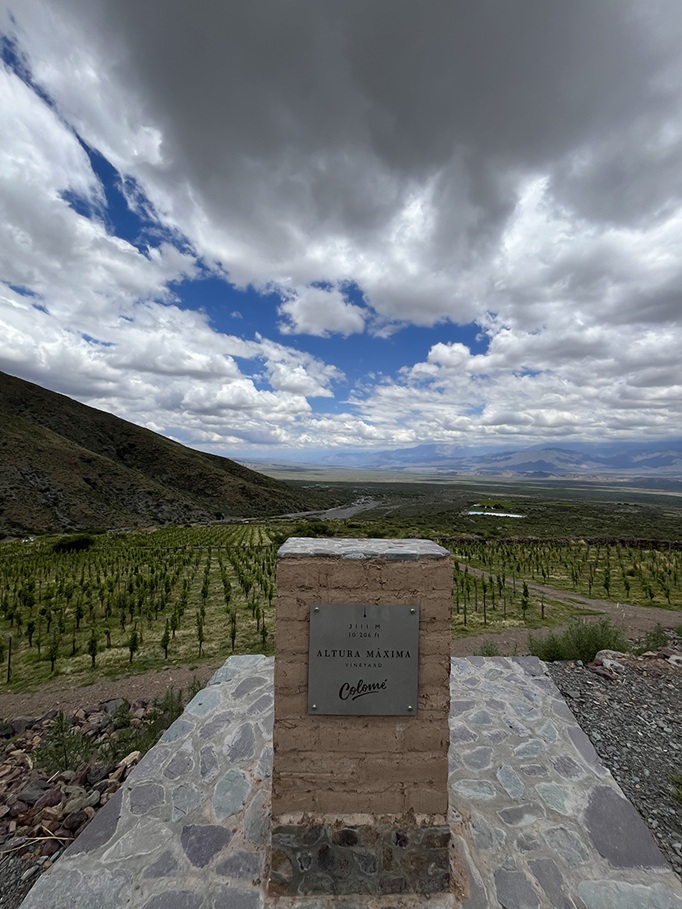
Colomé focused on high-altitude viticulture long before it was fashionable. With vineyards reaching 3,111 metres above sea level at Finca Altura Máxima (above), they have embraced extreme conditions to create wines with natural acidity, complexity and elegance. “We invested in precision: from vineyard balance and timing of harvest to optical sorters and concrete eggs,” explains head winemaker Manuel Lanús.
Catena Zapata doubled down on science – selecting vineyard sites based on clonal and massal selections, studying soil profiles, and constantly sending their winemakers abroad to refine their palate against the world’s best.
The role of international recognition
The press matters – and each producer knows it.For Zuccardi, critics were essential to visibility, but consistency and coherence mattered more. Viña Cobos made history with the first 100-point score for a South American wine from James Suckling.
Colomé leveraged international coverage not just for their wines, but to raise awareness of the Calchaquí Valley and even Torrontés. Cheval des Andes tracks its scores over time to maintain visibility in a highly competitive global scene.
And Catena Zapata, recognised in blind tastings by publications like Le Figaro and The Wine Advocate, sees high scores as validation – but never as the goal.
Balancing icons and structure
Premiumisation is not a single-wine strategy. A successful fine wine brand must build from the top and support from the base.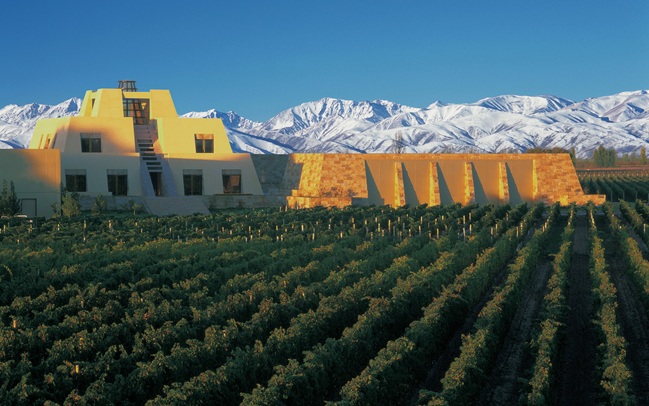
Catena Zapata (above) blind-tastes every wine before launch against others at double the price. Their pyramid is designed not just to showcase icons like Nicolás Catena Zapata but to ensure that quality permeates every level.
Zuccardi speaks of building not just a summit, but “a wide plateau of excellence that holds the structure together”. Viña Cobos uses its mid-tier wines to educate and inspire, gradually leading consumers toward its aspirational labels.
Colomé emphasises tailored communication and distribution by tier. And Cheval des Andes, with its single icon wine, focuses entirely on elevating that one label to compete with the best in the world.
Global markets, local roots
The producers also understand that premiumisation needs presence. Several of them – Viña Cobos, Cheval des Andes, Zuccardi and Catena Zapata – have joined La Place de Bordeaux, gaining access to top collectors, négociants and connoisseurs worldwide.Cheval des Andes has secured its place among South America’s icons, with solid positioning in major markets and a focus on growing in Asia. Colomé now exports to over 30 countries, while all five producers invest in old vintages, vertical tastings, and ongoing dialogue with the world’s best sommeliers and buyers.
Their presence in La Place signals not only quality, but global trust.
Is Argentina there yet?
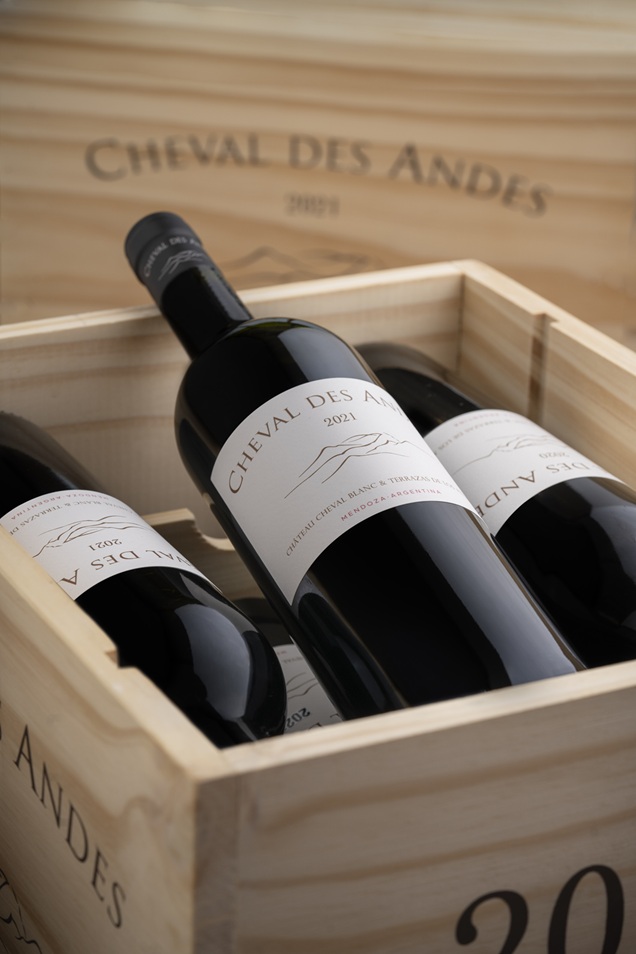
The consensus? Argentina has made great strides, but the journey continues.
Cheval des Andes (above) notes that Malbec’s strong association with early-drinking wines still limits perception. “We need to exist and compete as iconic wines,” says Gabillet.
Viña Cobos believes the country has reached global recognition but must deepen its presence and education.
Zuccardi and Colomé both highlight the untapped diversity of terroirs – an opportunity waiting to be communicated. And Catena Zapata urges collectors to visit, taste old vintages, and invest in the wines as they would with Bordeaux or Napa.
Final thought: The Premium Mindset
Premiumisation is not just a business strategy – it is a cultural evolution. It requires long-term vision, deep respect for origin, and a relentless pursuit of excellence.Argentina is no longer merely producing wines to drink, it is crafting wines to admire, age, and collect. Wines that tell a story of landscape, knowledge and ambition.
And while the climb is steep, the view from the top is beginning to reveal itself.
This article is based on a custom-designed questionnaire developed by María Laura Ortiz Chiavetta, brand ambassador Argentina for the International Wine Challenge and specialist in fine wine, luxury and strategy.


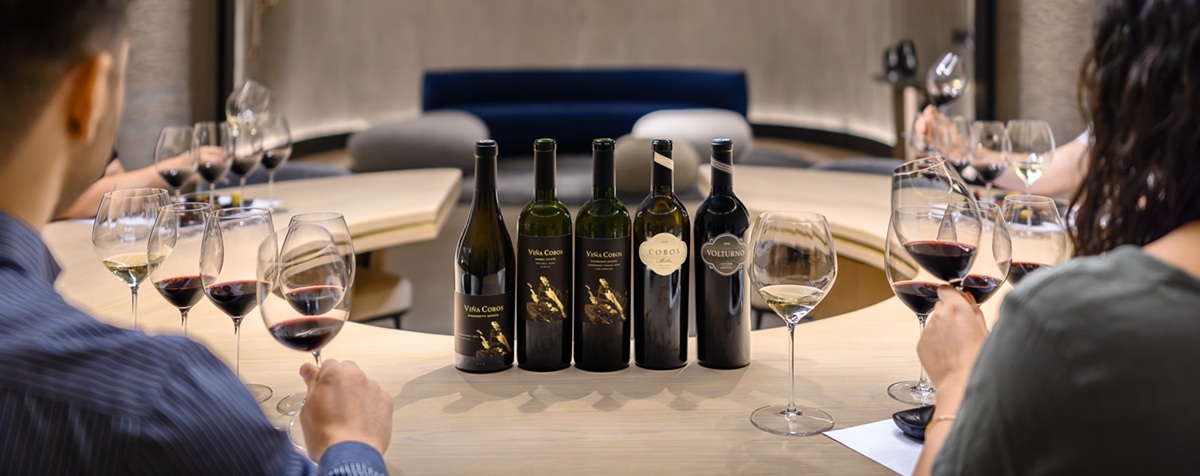




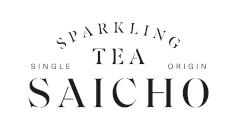




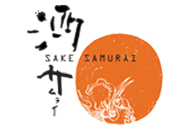
.png)
